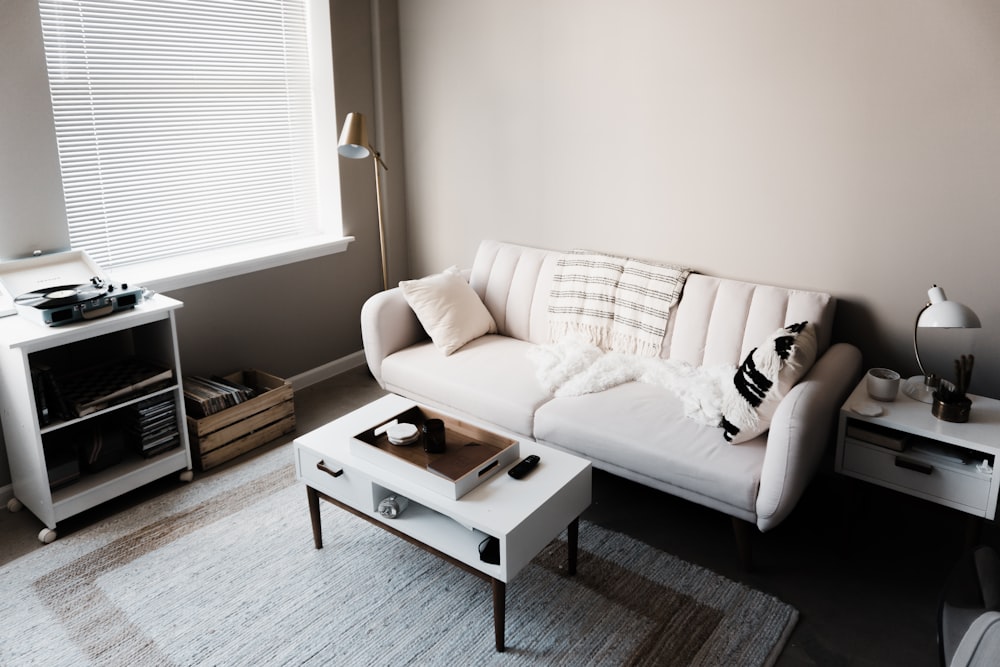Exploring the Realm of Buy-to-Let Insurance Costs
Navigating the Landscape
When delving into the world of buy-to-let property investment, one of the essential considerations is insurance costs. Understanding what to expect regarding buy-to-let insurance expenses is crucial for landlords and property investors alike. By gaining insight into the factors that influence insurance costs, individuals can make informed decisions to protect their investments effectively.
Understanding the Basics
Buy-to-let insurance, also known as landlord insurance, is specifically designed to protect rental properties and landlords from potential risks and liabilities. While it shares similarities with standard homeowners’ insurance, buy-to-let insurance typically offers additional coverage tailored to the unique needs of landlords. These policies commonly include protection for property damage, loss of rental income, liability coverage, and legal expenses.
Factors Influencing Costs
Several factors can influence the cost of buy-to-let insurance. Property-related factors such as the property’s location, type, size, age, and condition play a significant role in determining insurance premiums. Additionally, insurers consider the level of coverage desired, including options for contents insurance, accidental damage cover, and loss of rent coverage. Landlord-specific factors, such as the landlord’s claims history, rental income, and property management practices, also impact insurance costs.
Property Location and Risk Assessment
The location of the rental property is a critical factor in determining insurance costs. Properties located in high-risk areas, such as flood zones or areas prone to theft or vandalism, typically incur higher insurance premiums. Insurers assess the risk associated with the property’s location and adjust premiums accordingly to reflect the potential exposure to risks and losses.
Type and Size of Property
The type and size of the rental property also influence insurance costs. Larger properties or those with unique features may require higher coverage limits, resulting in higher premiums. Similarly, properties with multiple units or commercial elements may have different insurance requirements, affecting the overall cost of insurance coverage.
Age and Condition of the Property
The age and condition of the rental property play a significant role in determining insurance costs. Older properties or those with outdated plumbing, electrical, or heating systems may pose higher risks for insurers due to the increased likelihood of maintenance issues or structural problems. Insurers may adjust premiums based on the property’s condition to reflect the potential for claims related to wear and tear or structural damage.
Level of Coverage
The level of coverage desired by landlords also impacts insurance costs. Landlords can choose from various coverage options, including buildings insurance, contents insurance, accidental damage cover, and loss of rent coverage. The extent of coverage selected, along with any additional policy features or endorsements, will influence the overall cost of insurance premiums.
Landlord Claims History
Insurers also consider the landlord’s claims history when determining insurance costs. Landlords with a history of frequent or significant insurance claims may be viewed as higher risk by insurers, resulting in higher premiums. Conversely, landlords with a clean claims history may be eligible for lower insurance rates as they pose less risk of future claims.
Rental Income and Property Management Practices
The rental income generated by the property and the landlord’s property management practices can also impact insurance costs. Insurers may consider the stability of rental income and the landlord’s ability to maintain the property when assessing risk. Landlords who actively manage their properties and invest in regular maintenance may be viewed more favorably by insurers, potentially leading to lower insurance premiums.
Conclusion
Understanding buy-to-let insurance costs and what to expect is essential for landlords and property investors seeking to protect their investments effectively. By considering factors such as property location, type, size, age, coverage level, claims history, and property management practices, individuals can make informed decisions when selecting insurance coverage. While insurance costs are an inevitable expense of property ownership, investing in comprehensive insurance coverage is crucial for safeguarding rental properties and ensuring long-term financial security. Read more about buy to let insurance cost




